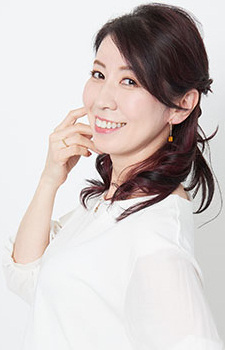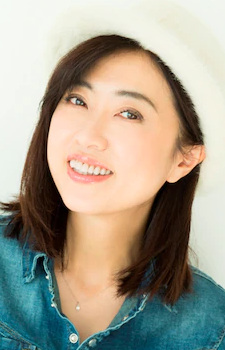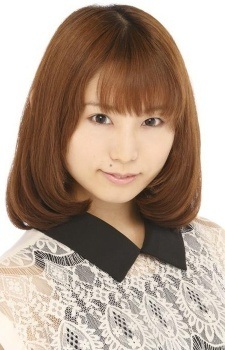15

Metamon
メタモン
In its natural state, Ditto is a light-purple or pink blob-like Pokémon with vestigial facial features. It is often referred to as amorphous, but has a relatively consistent appearance in official artwork, including two small nubs on its "head", a few soft lumps at its base, and two pseudopod-like protrusions in place of arms. The face consists of beady eyes and a simple mouth; almost always pulled into a smile. Ditto bears a variety of unusual and often entirely unique traits that set it apart from every other Pokémon. It is capable of transforming into an exact replica of any physical object or living creature, including its form and abilities. Each Ditto has its own strengths and weaknesses when it comes to transforming; being unable to remain transformed while laughing and getting details of its transformation wrong if based on memory being apparently universal. The Pocket Monsters Carddass Trading Cards depict Ditto being able to transform separate sections of its body into parts from multiple Pokémon at once. In the Pokémon the Series episode Ditto's Mysterious Mansion (EP037), as well as in the TCG and some spin-off games, it is shown that occasionally Ditto cannot change its face during transformation; a trait that has become synonymous with the species despite being incongruous with their depiction in core series games. While its transformation ability allows it to get along with almost anything, it does not get along with its own kind, which it will quickly (and generally fruitlessly) attempt to transform into. It is shown to be able to transform into humans as well; however, it cannot mimic human speech. It transforms into a rock when sleeping to avoid being attacked. As mentioned in Pokémon Sleep, Ditto is known to sleep while still transformed into either a rock or Pokémon. On very rare occasions, a sleeping Ditto will transform back to normal when it is relaxed. In The Indigo Disk, various Ditto Blocks can be found as objectives in Blueberry Quests throughout the Terarium, where Ditto will seemingly transform into one of the many cubes with rounded edges that make up many of the structures of the Terarium. (Source: Bulbapedia)
Voices Actors of Metamon

Japanese
Mitsuishi, Kotono

English
Lillis, Rachael

Japanese
Hayashibara, Megumi

Japanese
Nishimura, Chinami

English
Schroeder, Erica

Japanese
Furushima, Kiyotaka

Japanese
Shindou, Kei

Japanese
Itou, Miyako
Metamon appearances in anime

Pokemon

Pokemon Movie 08: Mew to Hadou no Yuusha Lucario

Pokemon Advanced Generation

Pokemon Diamond & Pearl

Pokemon: Pikachu no Obake Carnival

Pokemon XY

Pokemon XY SP: Road to Kalos

Pokemon XY&Z

TV-ban Pokemon Special Masara Town-hen Recaps

Pokemon Sun & Moon

Pokemon Movie 20: Kimi ni Kimeta!

Pokemon Daisuki Club

Pokemon Movie 21: Minna no Monogatari

Pokemon (2019)

Poketoon

Pokemon (2019): Natsuyasumi Chokuzen 1-jikan Special

Metamon to!

CoroCoro Monster Ball

Pokemon de Manabi Asobu

Pokemon Kids TV Douyou

Pokemon Moncolle Story

Pokemon (2023)

W Professors

Kimi ni Aeta!

Metamon Henshin Shiritori Battle
